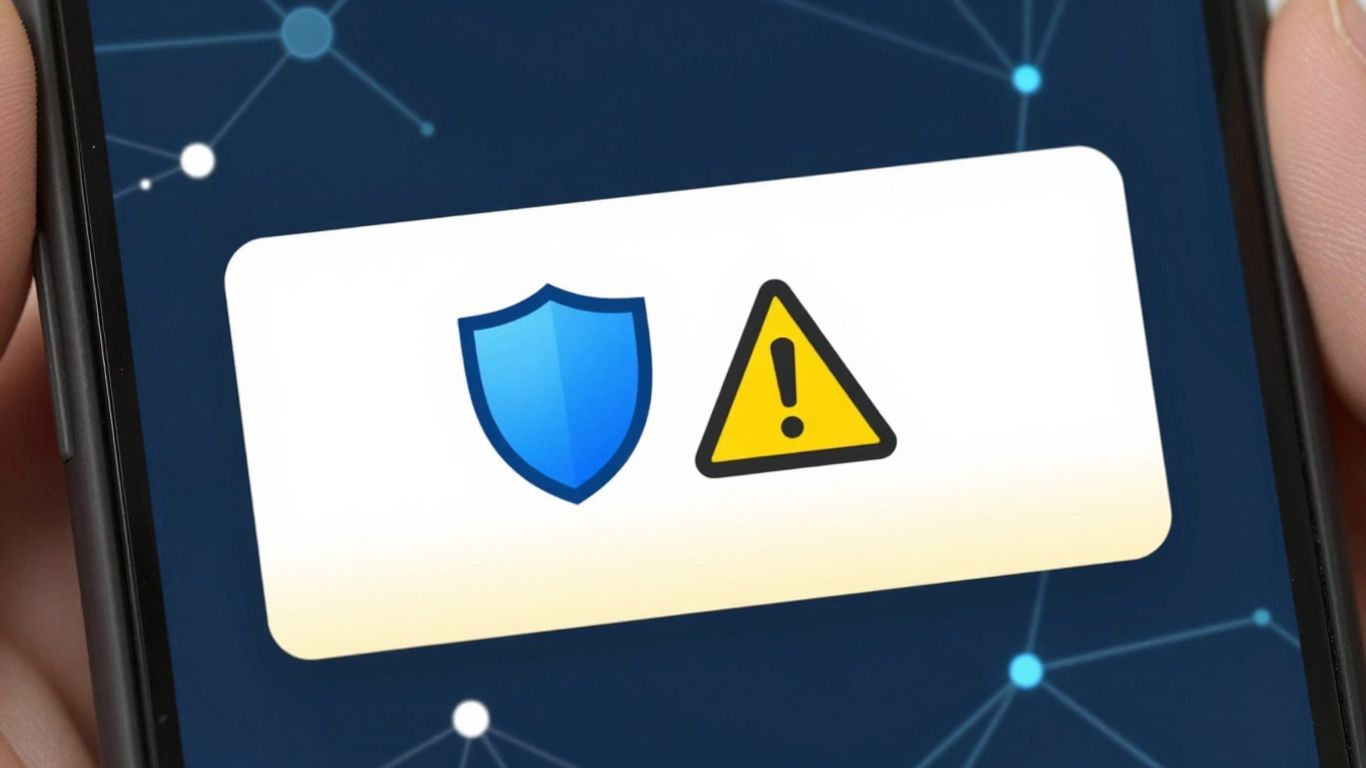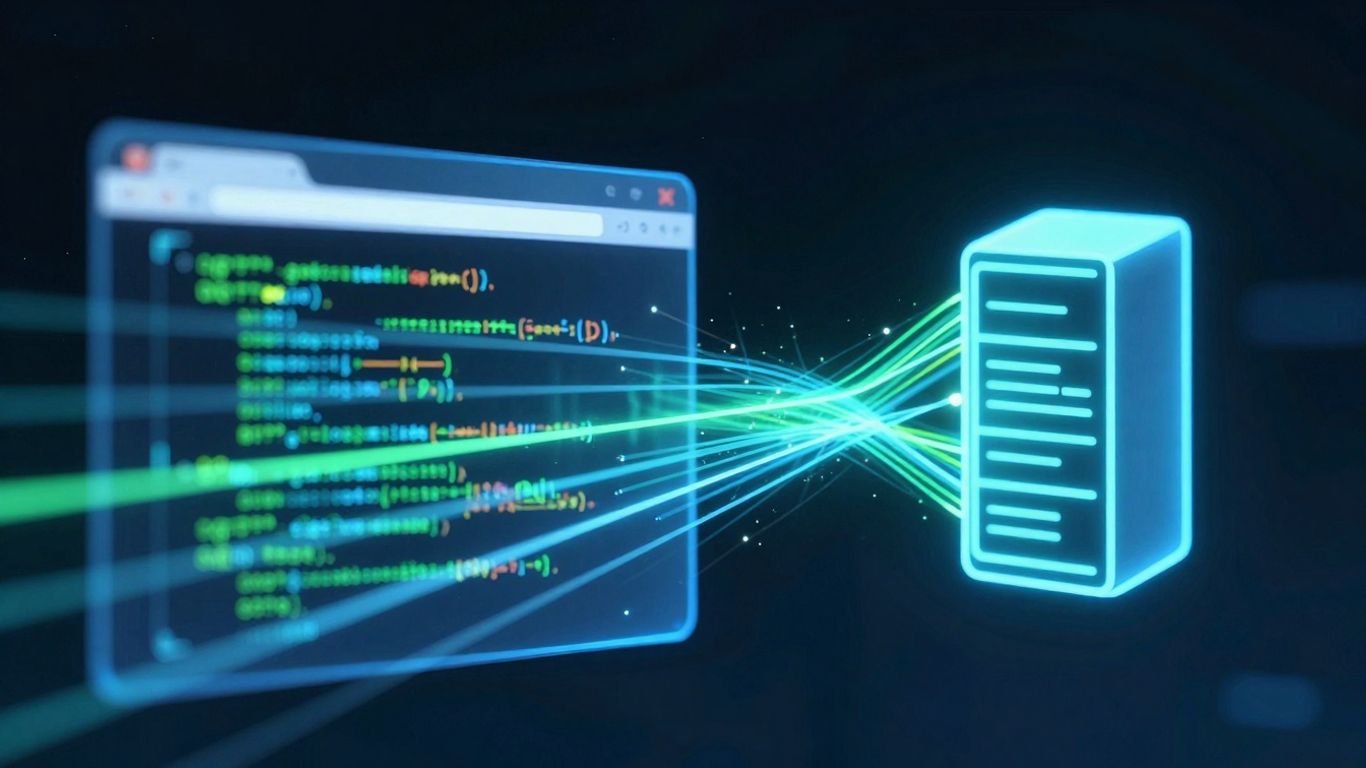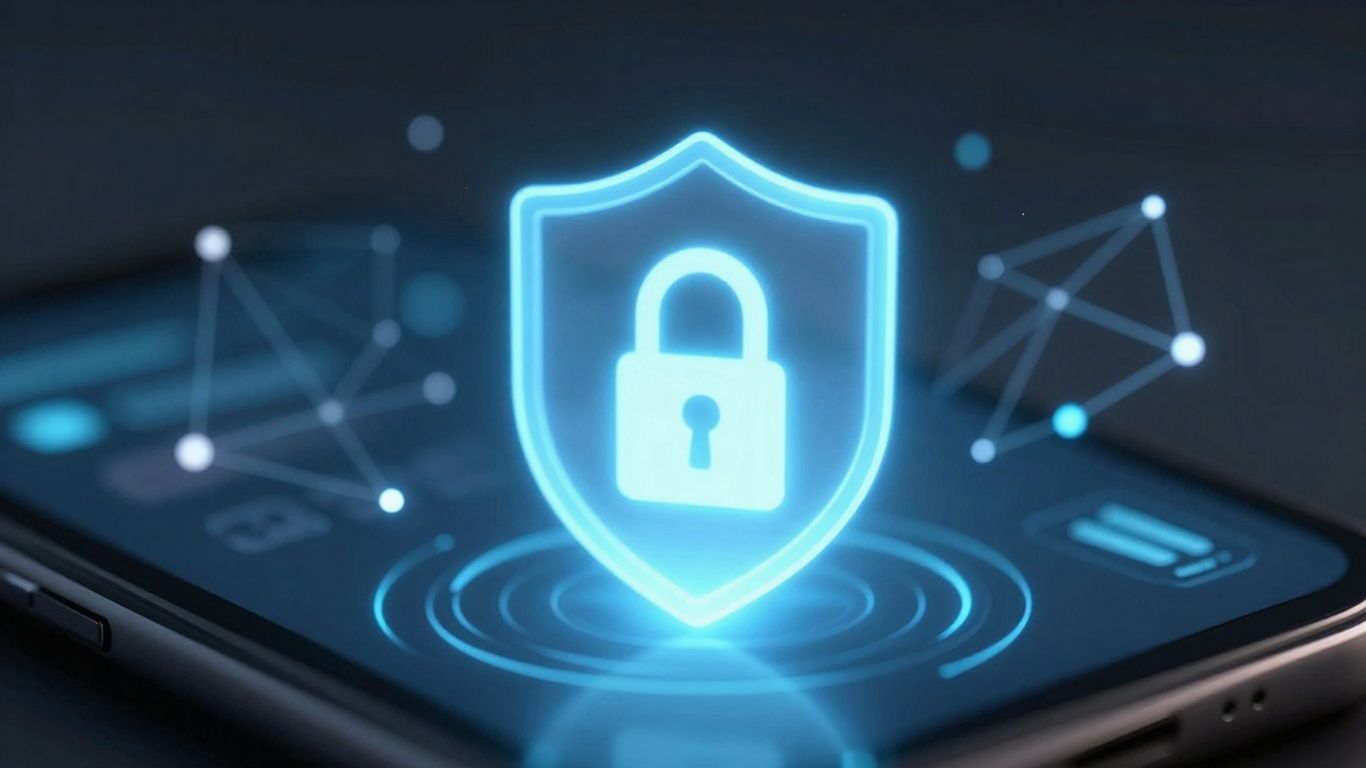[ newsletter ]
Stay ahead of Web3 threats—subscribe to our newsletter for the latest in blockchain security insights and updates.
Thank you! Your submission has been received!
Oops! Something went wrong. Please try again.
Explore how automated audit tools are transforming blockchain security with real-time detection and cost efficiency.





Automated audit tools are changing how we secure blockchain technology. As smart contracts become more common, the need for quick and reliable security checks has grown. These tools use advanced technology to detect problems early, saving time and money while keeping blockchain projects safe. In this article, we will explore how automated audit tools work, their benefits, and what to consider when choosing one.
The growing complexity of blockchain technology and smart contracts has made automated audit tools essential. These tools help identify vulnerabilities quickly and efficiently, which is crucial in a fast-paced environment where security threats are constantly evolving.
Initially, audits were performed manually, which was time-consuming and often missed critical vulnerabilities. Over time, the introduction of automated tools has transformed the auditing process, allowing for faster and more accurate assessments. This shift has been driven by the increasing demand for security in blockchain applications.
Several companies are leading the way in automated auditing tools, including:
The rise of automated audit tools marks a significant advancement in blockchain security, enabling projects to safeguard their assets more effectively than ever before.
These tools not only enhance security but also reduce costs and time associated with traditional auditing methods, making them a vital part of the blockchain ecosystem.
Automated audit tools are essential for real-time vulnerability detection in blockchain systems. They can quickly identify weaknesses in smart contracts, which is crucial because even minor flaws can lead to significant financial losses. For instance, automated tools can:
One of the biggest advantages of automated audit tools is their cost and time efficiency. Traditional audits can be slow and expensive, often taking weeks or even months. In contrast, automated tools can:
Automated audit tools provide continuous monitoring and updates, which is vital in the fast-paced world of blockchain. They can:
Automated audit tools are not just a luxury; they are a necessity for maintaining the integrity of blockchain projects. Their ability to quickly identify vulnerabilities, save costs, and provide ongoing security makes them indispensable in today’s digital landscape.
In summary, automated audit tools are revolutionizing blockchain security by enhancing vulnerability detection, improving efficiency, and ensuring continuous protection against evolving threats. Their role is crucial in safeguarding the future of blockchain technology, especially as it becomes more integrated into various industries.
Automated audit tools must be able to identify a wide range of vulnerabilities in smart contracts. Key vulnerabilities include:
Effective tools should seamlessly integrate with popular development environments. This allows developers to run security checks as they code, catching issues early. Tools like Truffle Suite and Hardhat are examples that enhance development efficiency by supporting automation and CI.
A tool's usability is crucial for its adoption. A clean and intuitive user interface (UI) helps users navigate and utilize features effectively. Important aspects include:
Automated audit tools are essential for maintaining the security of smart contracts, ensuring that vulnerabilities are detected and addressed promptly.
By focusing on these key features, organizations can choose the right automated audit tools to enhance their blockchain security efforts.
Automated audit tools are great for finding common issues, but they often struggle with complex vulnerabilities. These can include:
The effectiveness of automated tools heavily relies on the accuracy of the data they analyze. If the input data is flawed or incomplete, the results can be misleading. This can lead to:
While automation speeds up the auditing process, it cannot replace the need for manual reviews. A balanced approach is essential because:
In the world of blockchain, trust is everything. A mix of automated and manual audits can help build that trust by ensuring comprehensive security checks.
Automated audit tools have played a crucial role in preventing significant security breaches in the blockchain space. For instance, tools like Veritas have successfully identified vulnerabilities in smart contracts before they could be exploited. This proactive approach has saved projects from potential losses amounting to millions of dollars. Here are some notable examples:
The financial benefits of using automated audit tools are substantial. Projects have reported saving up to 90% on audit costs by utilizing these tools. Here’s a breakdown of the cost savings:
This drastic reduction in both cost and time makes blockchain security more accessible to a wider range of projects.
The implementation of automated audit tools has significantly enhanced trust among developers and users. By ensuring that smart contracts are thoroughly audited, these tools help build confidence in the security of blockchain applications. Key points include:
In summary, automated audit tools are not just a luxury but a necessity in the blockchain space. They provide essential security measures that protect projects and their users from potential threats.

The future of automated audit tools is heavily influenced by artificial intelligence (AI) and machine learning. These technologies will allow tools to learn from past data, improving their ability to detect vulnerabilities. For instance, AI can analyze large amounts of smart contract data to find patterns that indicate potential security issues. This means that as more data is collected, the tools will become even better at spotting problems before they happen.
There is a growing trend towards increased automation in the auditing process. Automated tools can perform checks much faster than humans, which is crucial in the fast-paced world of blockchain. These tools will also integrate better with development environments, allowing developers to run security checks as they code. This integration helps catch issues early, reducing the risk of vulnerabilities in deployed contracts.
As blockchain technology matures, regulatory compliance will become more important. Automated audit tools will evolve to help projects meet these requirements. They will include features like automated compliance checks and detailed reporting to ensure that smart contracts adhere to legal standards. This will help organizations avoid penalties and build trust with users.
The future of blockchain security is increasingly reliant on AI for threat detection and automated audits for continuous monitoring.

Selecting the right automated audit tool for your blockchain project is essential for ensuring security and efficiency. Here are some key considerations:
Choosing the right tool can make a significant difference in your project's success.
By carefully evaluating these factors, you can select an automated audit tool that best fits your blockchain project’s needs and enhances its security.
In summary, automated audit tools are changing the way we think about blockchain security. They help find problems quickly and save a lot of money—up to 90% on audit costs! With these tools working all day, every day, projects can stay safe without needing constant human checks. Plus, some services even offer insurance to cover losses from smart contract issues. As we look ahead, it's clear that these tools will play a big role in making blockchain safer for everyone, helping to build trust and confidence in this exciting technology.
Automated audit tools are software programs that check blockchain smart contracts for security issues without needing much human help.
They find problems quickly, save money, and keep checking for updates to keep projects safe.
No, they work best together. Automated tools find common problems, while humans catch complex issues.
Look for features like easy-to-use designs, good reporting, and the ability to find many types of vulnerabilities.
Yes, they might miss some complicated issues and depend on accurate data to work well.
Consider what your project needs, the tool's features, and how much it costs.


